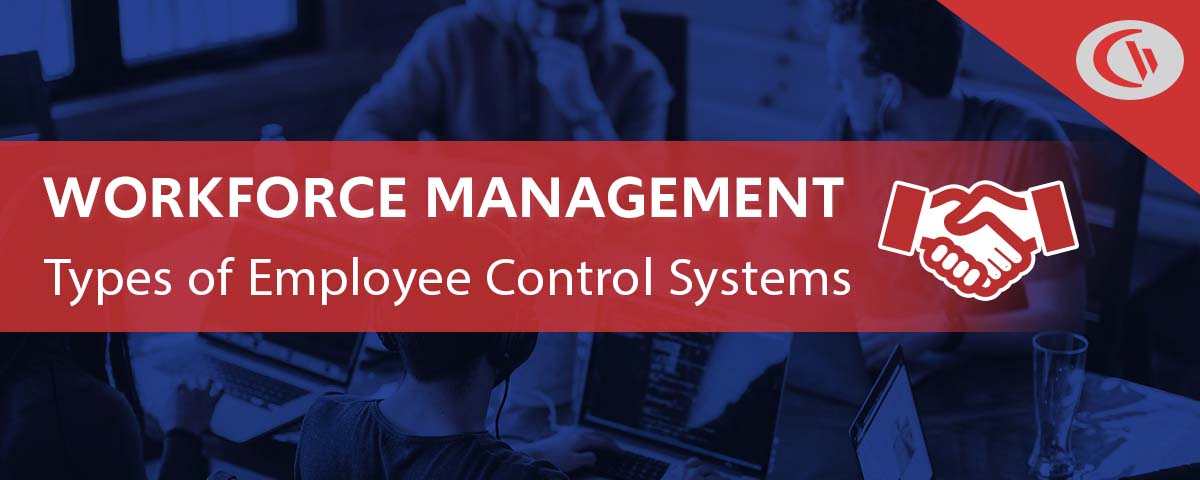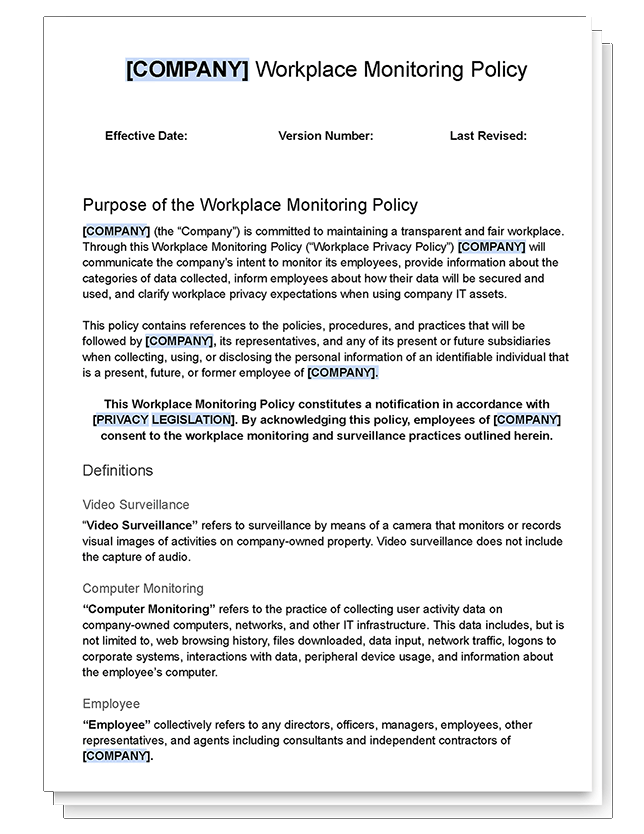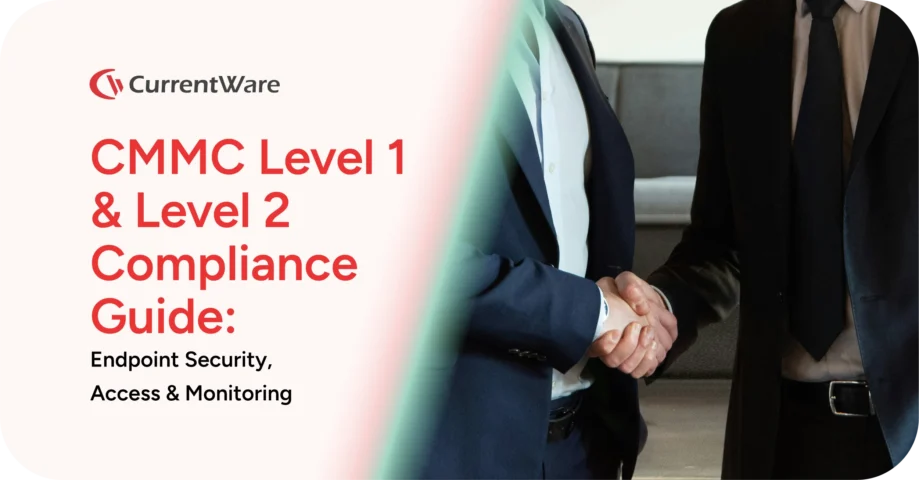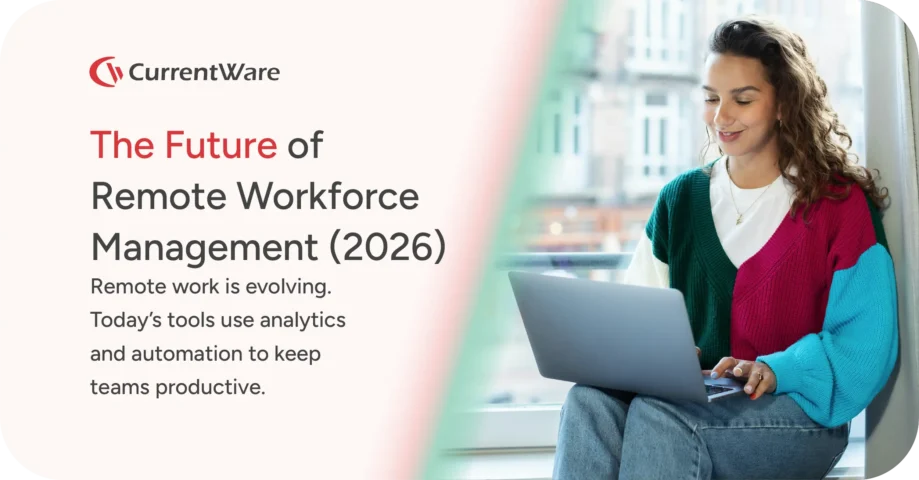Workplace Privacy and Employee Monitoring: Navigating Employee Rights When Tracking User Activity

Navigating the line between workplace privacy restrictions and employee rights is getting more complicated as employees shift to hybrid and remote settings. According to Code42’s 2023 Data Exposure Report, data loss caused by business insiders costs companies an average of $16 million per incident. Moreover, 81% of companies believe that hybrid work is one of the main reasons data security training is necessary.
While training employees to recognize phishing attempts and other security threats is essential, it may not be sufficient to prevent data breaches entirely. To bolster security, many organizations invest in what they consider the best employee monitoring software to track how company resources are utilized and to ensure compliance with security protocols.
The best employee monitoring software also provides analytics on productivity trends, helping employers identify areas where additional support or training may be needed. By combining monitoring tools with regular security education, companies create a safer digital workspace and protect sensitive information more effectively.
To help you tread the boundary between workplace privacy restrictions and employee rights, this article will provide a comprehensive guide on protecting your company data while making your employees feel safe.
What is privacy in the workplace?
Workplace privacy, from an employer’s perspective, refers to respecting employees’ personal information and activities while maintaining necessary oversight to ensure productivity, security, and compliance within the organization. Employers must comply with the legal frameworks and regulations relevant to employee privacy. These regulations often dictate how companies collect, use, and protect employee data, ensuring transparency and fairness.
Employer Rights vs. Employee Rights
Since it can be challenging to balance data protection and the right to privacy of employees, here are some key points you need to remember about the rights of employees and their employers:
- Employer’s right to monitor employees: Employers have the right to monitor employees within reasonable limits to ensure employee productivity and the protection of company data. This includes monitoring electronic communications, internet usage, and workplace activities to prevent misconduct, ensure compliance with company policies, and safeguard company assets.
- Employee rights to privacy at work: While employees have privacy rights in the workplace, employers also have a legitimate business interest in maintaining a safe and productive work environment. Employees’ privacy rights may be proportionately limited when monitoring is strictly necessary for security, regulatory compliance, or operational purposes.
Employers should do their best to balance their legitimate interests in monitoring employees and respecting employees’ privacy rights. This involves implementing clear policies and procedures for monitoring, communicating workplace privacy expectations to employees, and ensuring that monitoring practices are proportionate and transparent.
Types Of Workplace Monitoring And Surveillance

Companies can use different types of monitoring and surveillance to maintain operational efficiency and security, including:
- Electronic surveillance: Monitoring employee emails, internet usage, and computer activities to detect unauthorized access, prevent data breaches, and ensure compliance with company policies.
- Video surveillance: Installing cameras in the workplace to monitor for security threats, deter theft, and ensure the safety of employees and company property.
- GPS tracking: Tracking company vehicles or mobile devices to optimize fleet management, monitor driver behavior, and ensure compliance with transportation regulations.
- Biometric data collection: Implementing biometric authentication systems for access control, timekeeping, and security purposes, enhancing workplace security while safeguarding sensitive information.
By implementing monitoring and surveillance measures responsibly and transparently, employers can uphold their duty to protect their business interests while respecting employees’ privacy rights and fostering a positive work environment.
However, it is not uncommon for employees to feel that monitoring software breaches their privacy. If you’re an employer, you can best handle this change through effective communication and collaboration with your employees to address their concerns and build trust in your workplace.

Get Your FREE Employee Monitoring Starter Kit
This kit provides your organization with the tools it needs to implement a successful employee monitoring strategy.
- Templates for policies and disclosures
- Presentations for key stakeholders
- Best practices for monitoring employees
Get started today—Download the FREE kit to get the most out of your organization’s employee monitoring solutions.
Navigating Workplace Privacy Restrictions
Workplace privacy restrictions are essential considerations for employers to ensure compliance with regulations and respect employees’ rights. Employers can successfully navigate restrictions and employee rights by keeping the following in mind:
Legal Compliance And Ethical Considerations
Employers must prioritize legal compliance by familiarizing themselves with relevant laws governing workplace privacy, such as the General Data Protection Regulation (GDPR).
Employers may inadvertently breach data protection regulations through unauthorized data collection, lack of proper consent or notice, inadequate data security measures, improper data sharing, and data retention beyond necessary periods.
These violations can occur when employers collect excessive personal data without consent, fail to inform employees about data collection activities, neglect to implement sufficient security measures, share data with third parties without consent, or retain data longer than necessary.
To avoid these pitfalls, employers must prioritize transparency, obtain explicit consent for data collection, implement robust security measures, carefully manage data-sharing practices, and establish clear data retention policies. By doing so, they can ensure compliance with data protection regulations while protecting employee privacy rights.
Transparency And Communication With Employees
Transparency is key to maintaining employee trust and compliance with privacy regulations. Companies should establish clear and comprehensive privacy policies outlining data collection, usage, and protection. These policies should be communicated openly to employees by detailing the purposes and methods of data collection and any surveillance activities.
Beyond outlining policies in their documentation, companies should actively disseminate this information through employee training sessions and company-wide communications, like emails, and make it accessible through a shared, cloud-based drive.
Implementing Privacy-Focused Policies and Security Measures
Employers should minimize data collection to what is strictly necessary for legitimate business purposes. This includes obtaining employees’ consent and providing notice before collecting, using, or disclosing their personal information or monitoring their activities.
Furthermore, companies should implement robust security measures such as encryption, access controls, and regular monitoring and auditing of privacy practices to safeguard employee data from unauthorized access, disclosure, or misuse.
Furthermore, companies should regularly review and update their privacy policies and practices to ensure ongoing compliance and transparency. This includes conducting privacy impact assessments to identify potential risks and vulnerabilities and proactively addressing them.
Best Practices For Employers To Ensure Compliance With Privacy Regulations

Here are some of the best practices your team can follow to ensure your company and team members comply with privacy regulations:
- Conduct a privacy impact assessment: Take into account the nature, scope, context, and purposes of the data processing. Evaluate the potential privacy and security risks, such as unauthorized disclosure of employee data via phishing attacks, identifying areas for improvement and implementing safeguards accordingly.
- Develop comprehensive privacy policies: Establish clear and accessible policies outlining how employee data is collected, used, stored, and protected, ensuring compliance with relevant regulations and providing guidance for employees.
- Provide training and education: Educate employees on privacy policies, procedures, and their rights regarding workplace privacy, fostering awareness and accountability throughout the organization.
- Implement privacy by design: Integrate privacy considerations into the design and development of workplace technologies, systems, and processes, prioritizing data protection and minimizing privacy risks from the outset.
- Regularly review and update practices: Stay abreast of evolving privacy laws and industry standards, regularly reviewing and updating workplace privacy practices to ensure ongoing compliance and alignment with best practices.
Champion Data Privacy and Protection
Prioritizing workplace privacy when using employee monitoring software is crucial to fostering a productive and ethical work environment. Employers can balance business interests and employee rights by adhering to relevant laws and regulations, maintaining open communication with employees, and implementing robust security measures.
By championing employee privacy rights, organizations can create a positive workplace environment where employees feel valued and empowered, contributing to long-term success and sustainability.

